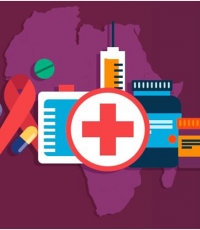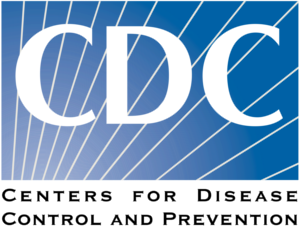This subcomponent
- strengthens regional diagnostic capacity and networking;
- enhances access to diagnostics for TB and occupational health in the targeted intervention areas; and
- and enables participating countries to strategically revamp surveillance systems.
Strengthening diagnostic capacity
The project aims to strengthen diagnostic capacity in the sub region through the following;
- expanding microscopy networks in targeted intervention areas;
- rolling out newer and more accurate diagnostic technologies such as Xpert MTB/RIF (GeneXpert) and Line Probe (Hain test) assays for HIV-related TB and MDR-TB and for digital imaging for occupational lung diseases;
- scaling up the Stepwise Laboratory Improvement Process Towards Accreditation (SLIPTA) and the companion training and mentorship program (Strengthening Laboratory Management Towards Accreditation—SLAMTA) for at least 43 laboratories; and
- strengthening networking of national TB laboratories. National TB reference laboratories will be upgraded to support their national networks of laboratories and link them to other key laboratories in the sub region.
Strengthening surveillance capacity
The subcomponent finances the establishment of a mechanism for regional disease intelligence sharing among the target countries. The focus is selective and include financing to:
- upgrade surveillance capacity for drug resistance with a focus on MDR-TB and improvements to laboratory-based monitoring of antimicrobial resistance;
- establish joint cross-border committees that will carry out joint outbreak investigations, responding to disasters and other public health events, and conducting tabletop simulations, building on experiences and emerging lessons from EAPHLNP and other related public health programs; and
- establish/reinforce information and reporting systems across satellite/project districts and border areas.






